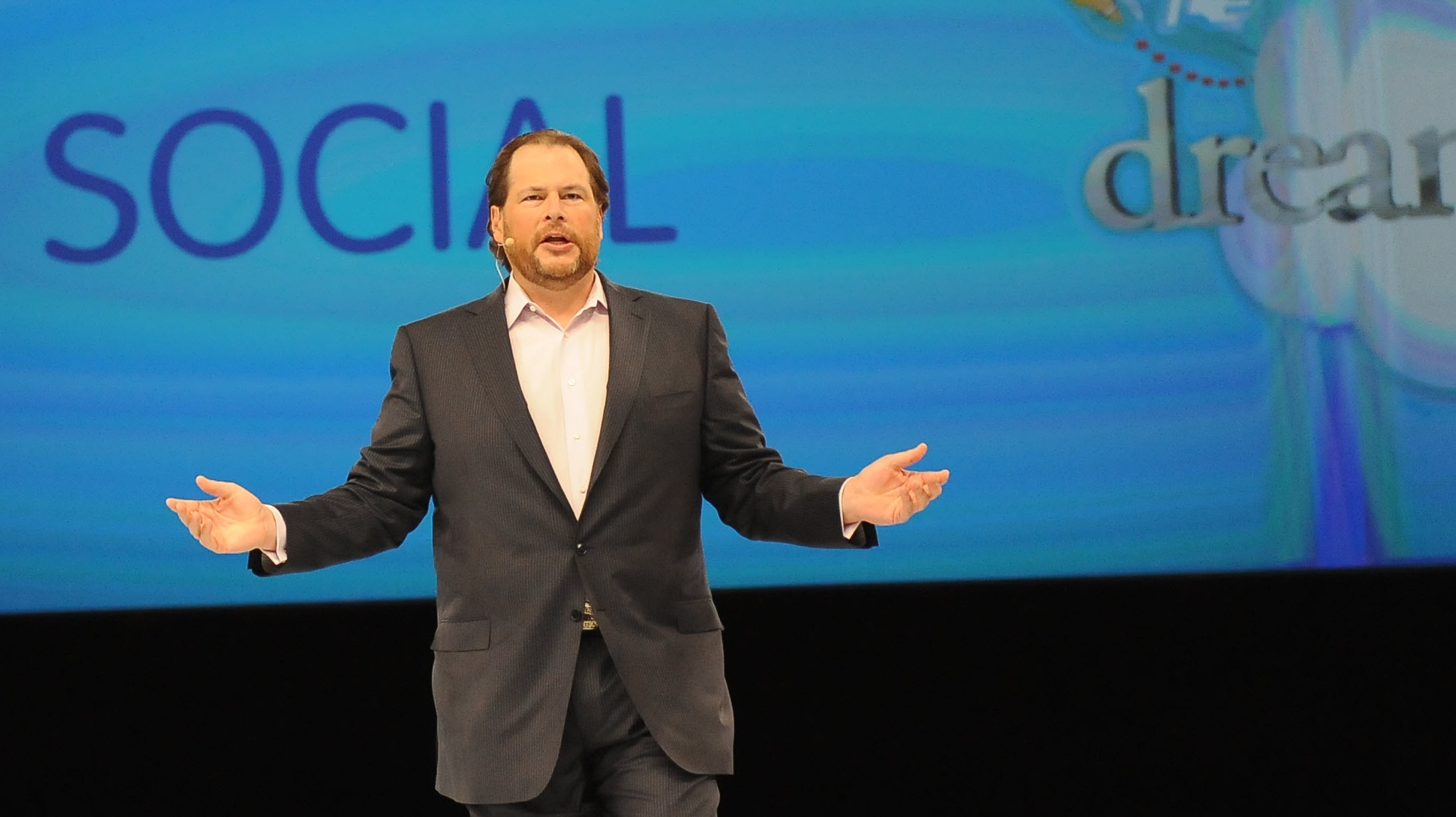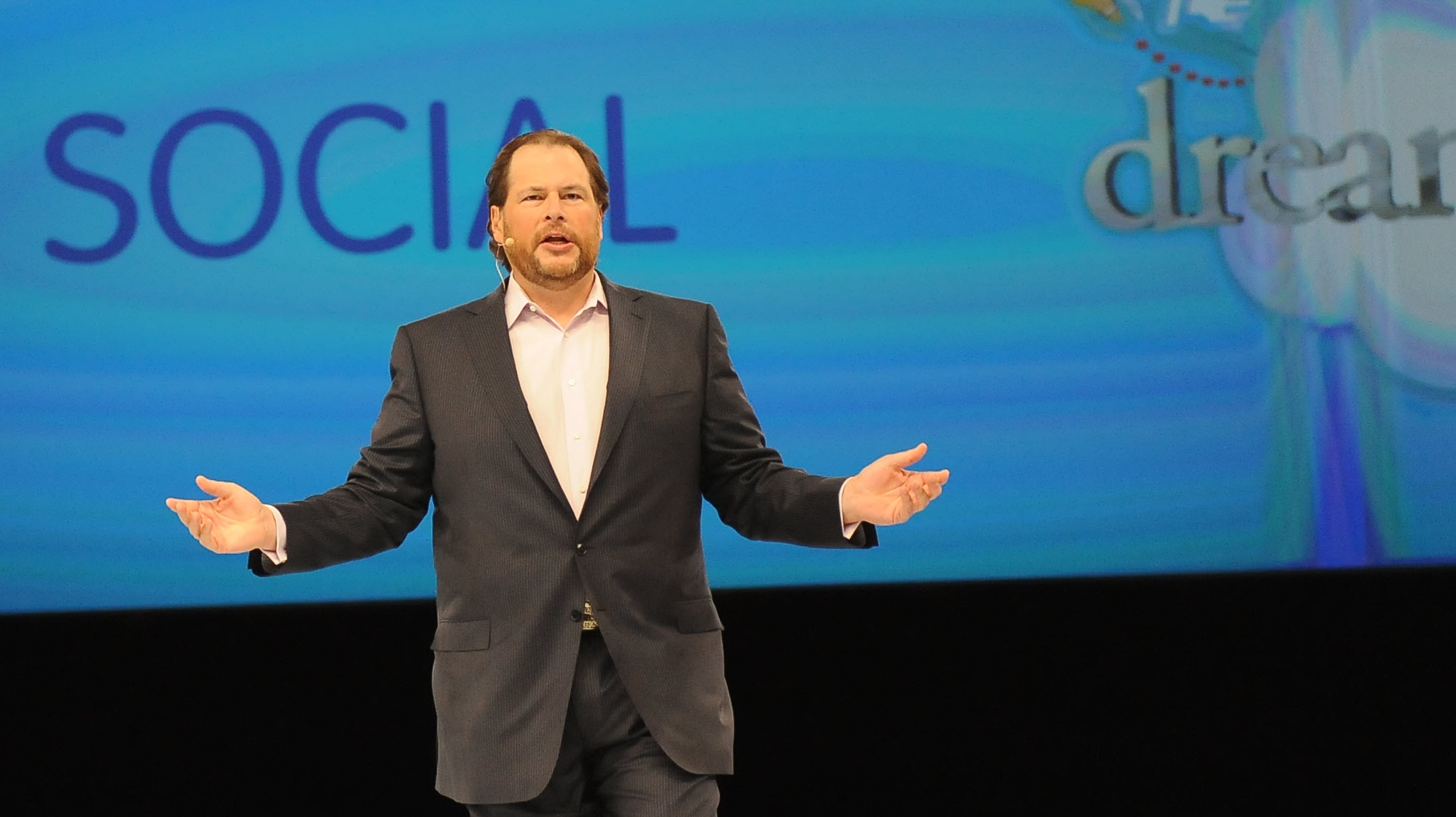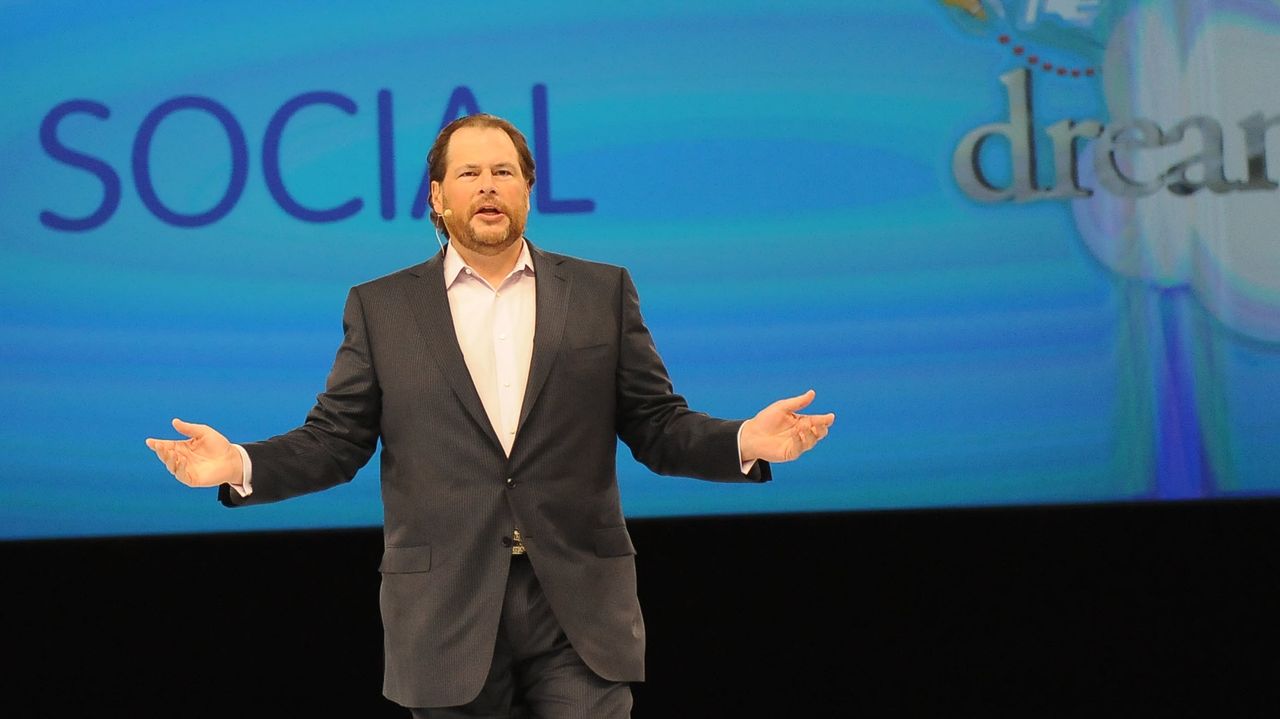Key Points
- Salesforce cut roughly 4,000 support jobs, reducing staff from about 9,000 to 5,000.
- CEO Marc Benioff said, “I need less heads,” emphasizing AI over human labor.
- Agentforce now handles about half of all customer conversations—around 1.5 million interactions.
- The AI system processes roughly 10,000 leads each week.
- Remaining human agents work under an “omni‑channel supervisor” that blends AI and human effort.
- Customer‑satisfaction scores remain roughly unchanged despite the shift to AI.
- Benioff predicts the rise of “agentic enterprises” and urges young talent to embrace AI.
- He cautioned against ignoring fresh graduates, linking AI proficiency to future success.


Salesforce
Workforce Reduction and AI Adoption
Salesforce chief executive Marc Benioff disclosed that the company has cut roughly 4,000 support jobs, shrinking its customer‑service staff from about 9,000 to 5,000 employees—a 45% decline. In a podcast interview, Benioff stated, “I need less heads,” emphasizing that the reduction is driven by a strategic pivot toward artificial intelligence rather than mere cost‑cutting.
Agentforce Takes on Half of Customer Interactions
The firm’s AI platform, Agentforce, now processes around half of all customer conversations, handling approximately 1.5 million interactions. It also manages about 10,000 leads each week, reducing the reliance on human agents for routine queries.
Human‑AI Collaboration Model
Employees who remain in the support organization are not eliminated; instead, they operate under an “omni‑channel supervisor” that coordinates human and AI efforts. This hybrid approach aims to preserve the creativity and uniqueness that humans bring while leveraging AI efficiency.
Impact on Customer Satisfaction
Despite the shift toward automation, customer‑satisfaction scores for AI‑handled and human‑handled interactions have remained about the same, suggesting that the quality of service has not suffered from the transition.
Strategic Outlook and Talent Recommendations
Benioff framed the need for AI as a response to labor shortages and a means to improve cost efficiency. He projected that businesses will evolve into “agentic enterprises,” where AI plays a central role. At the same time, he criticized firms for neglecting fresh graduates, urging young professionals to embrace AI technologies as a pathway to success. He also highlighted the necessity of AI guardrails to balance productivity with human creativity.
Broader Implications
The move reflects a broader industry trend of automating support functions, raising questions about employment stability while showcasing AI’s capacity to handle large volumes of customer engagement without degrading service quality.
Source: techradar.com
